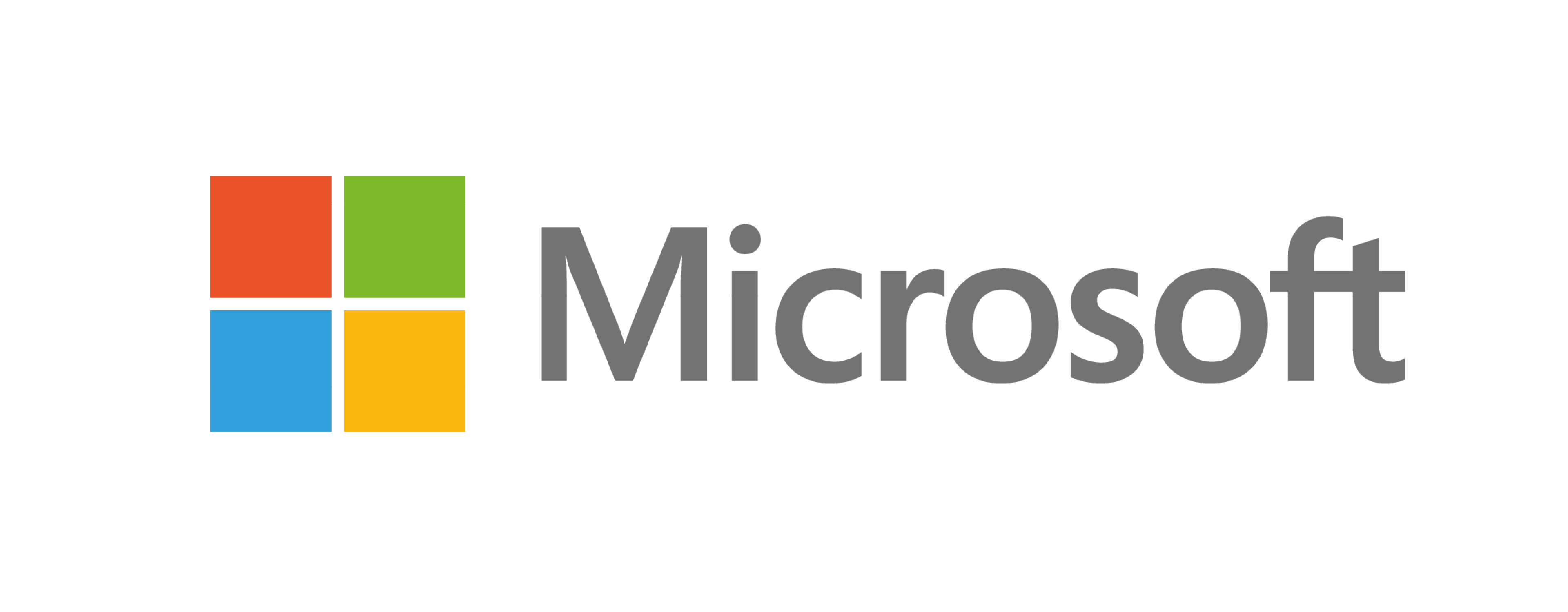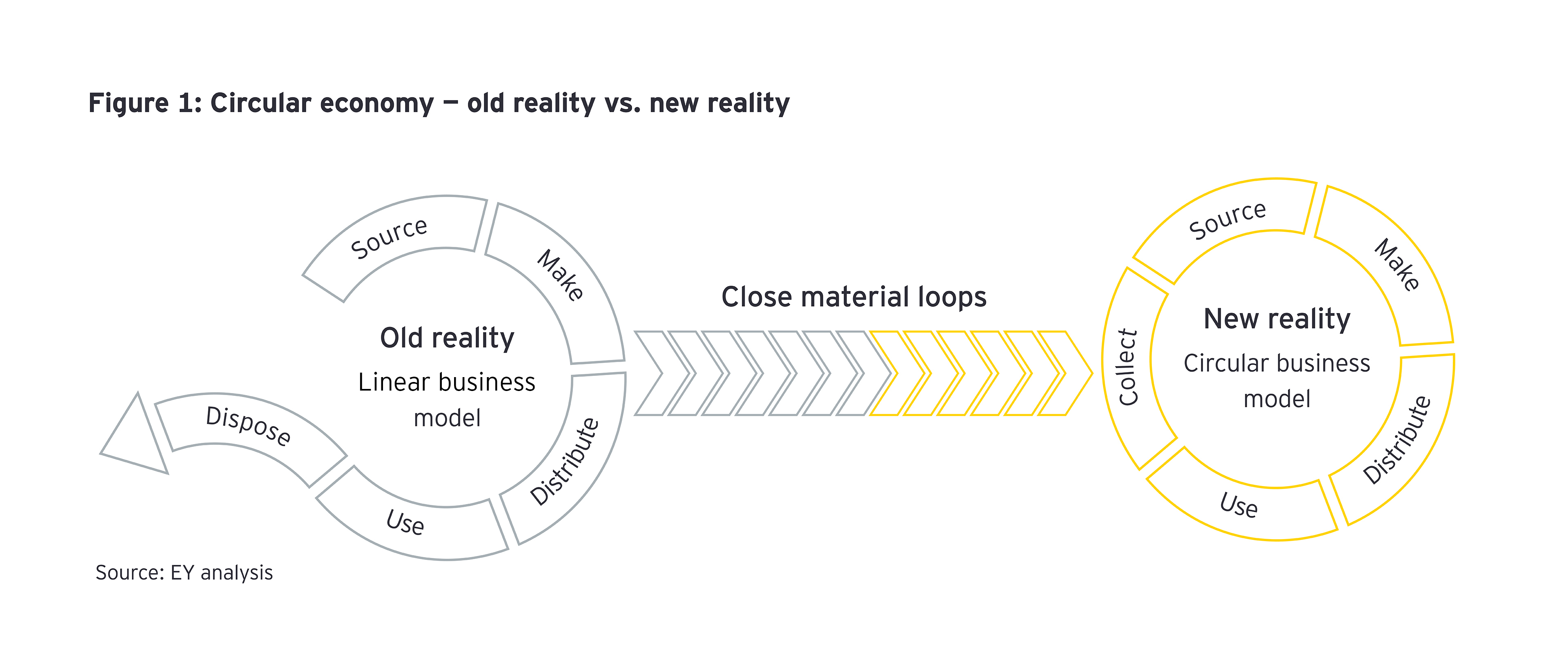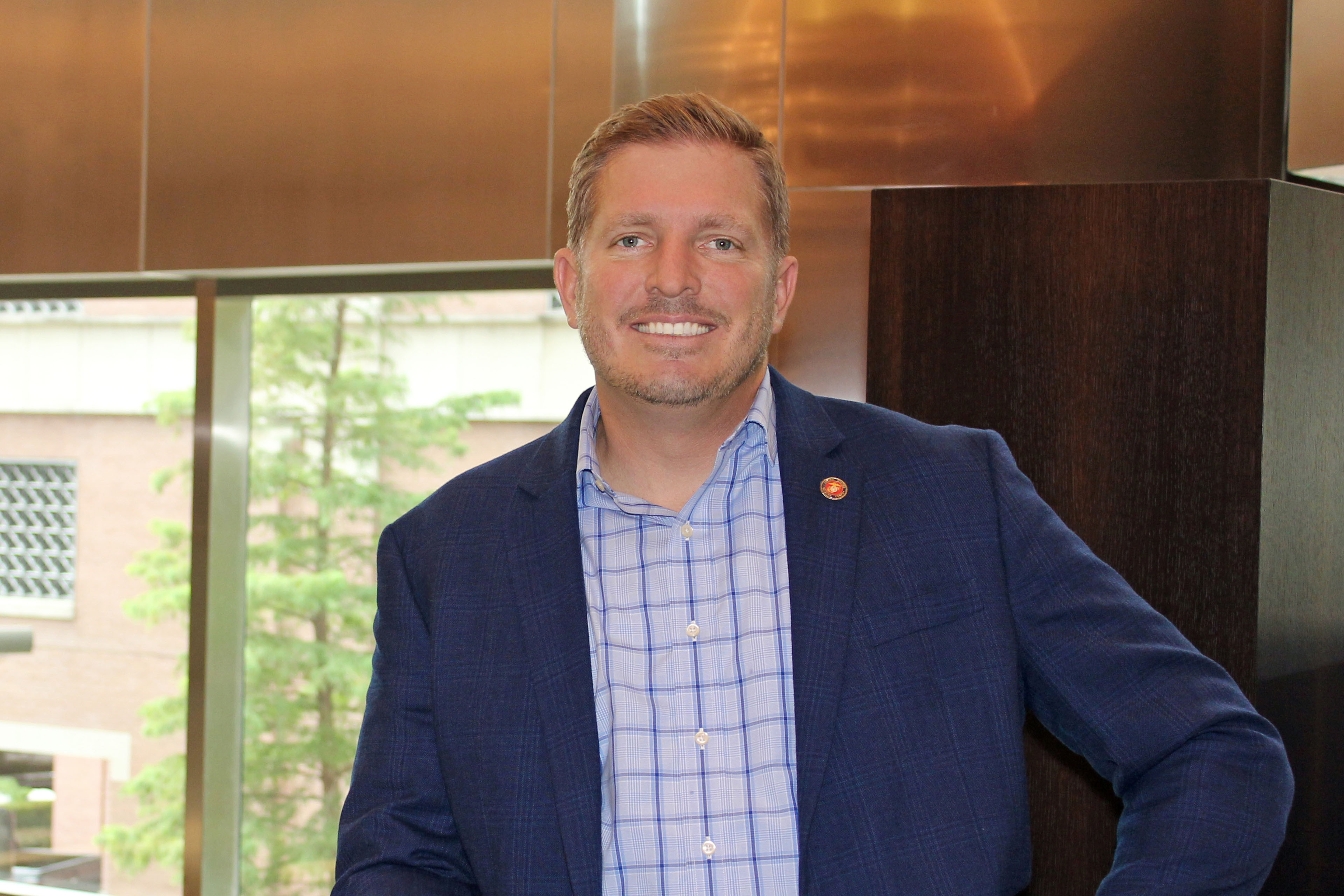EY refers to the global organization, and may refer to one or more, of the member firms of Ernst & Young Global Limited, each of which is a separate legal entity. Ernst & Young Global Limited, a UK company limited by guarantee, does not provide services to clients.
How EY can Help
-
EY teams can help address ESG and sustainability issues, investor concerns and improve ESG performance. Find out how.
Read more
A 2022 Ernst & Young LLP (EY) report validated that the circular economy is gaining traction — with 72% of the cross-industry executives surveyed stating they already have or intend to execute plans involving circular economy strategies. However, research also shows that many of these companies feel they are lacking the visibility, technology and comprehensive programs required to accurately measure their progress in this area. With regulatory and customer pressures mounting, it is imperative businesses quantify their progress and deliver on their sustainability commitments.
The good news is manufacturers across energy, chemicals and other industries can play a significant role in the sustainability of products by ensuring their supply chain ecosystems are backed by circular behaviors. One multinational plastics, chemical and refining company, is exploring how digital technologies can help fully trace and track circular content throughout its manufacturing process. The technology will also quickly and accurately calculate the percent of circularity to obtain International Sustainability and Carbon Certification (ISCC).






